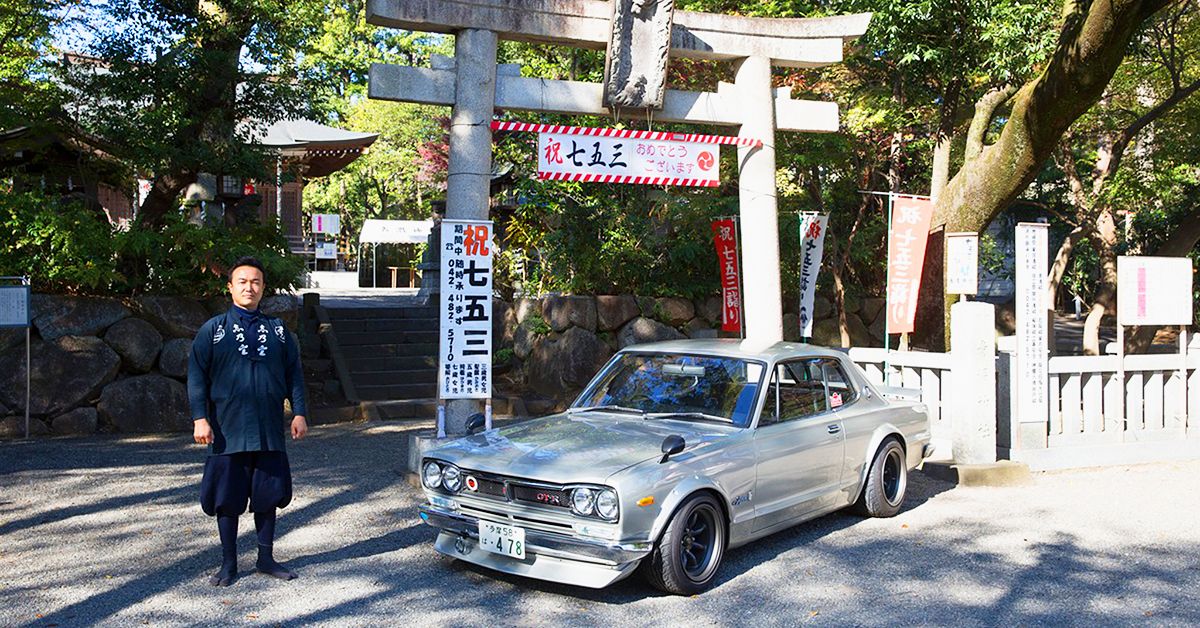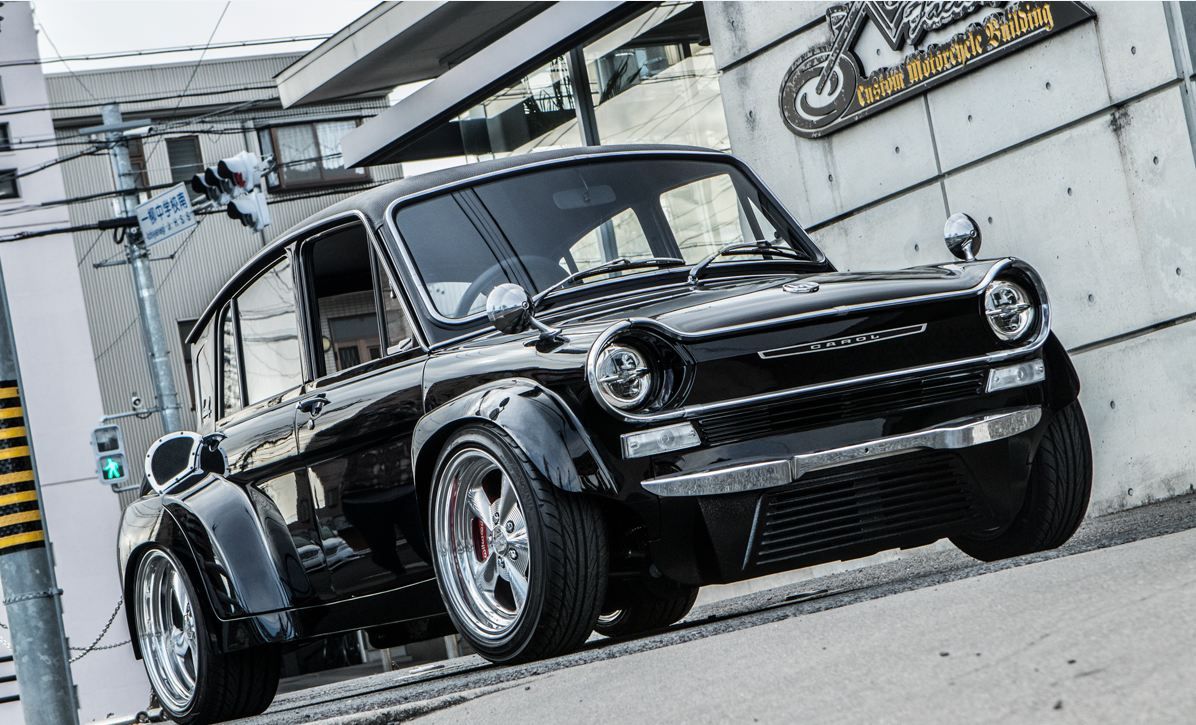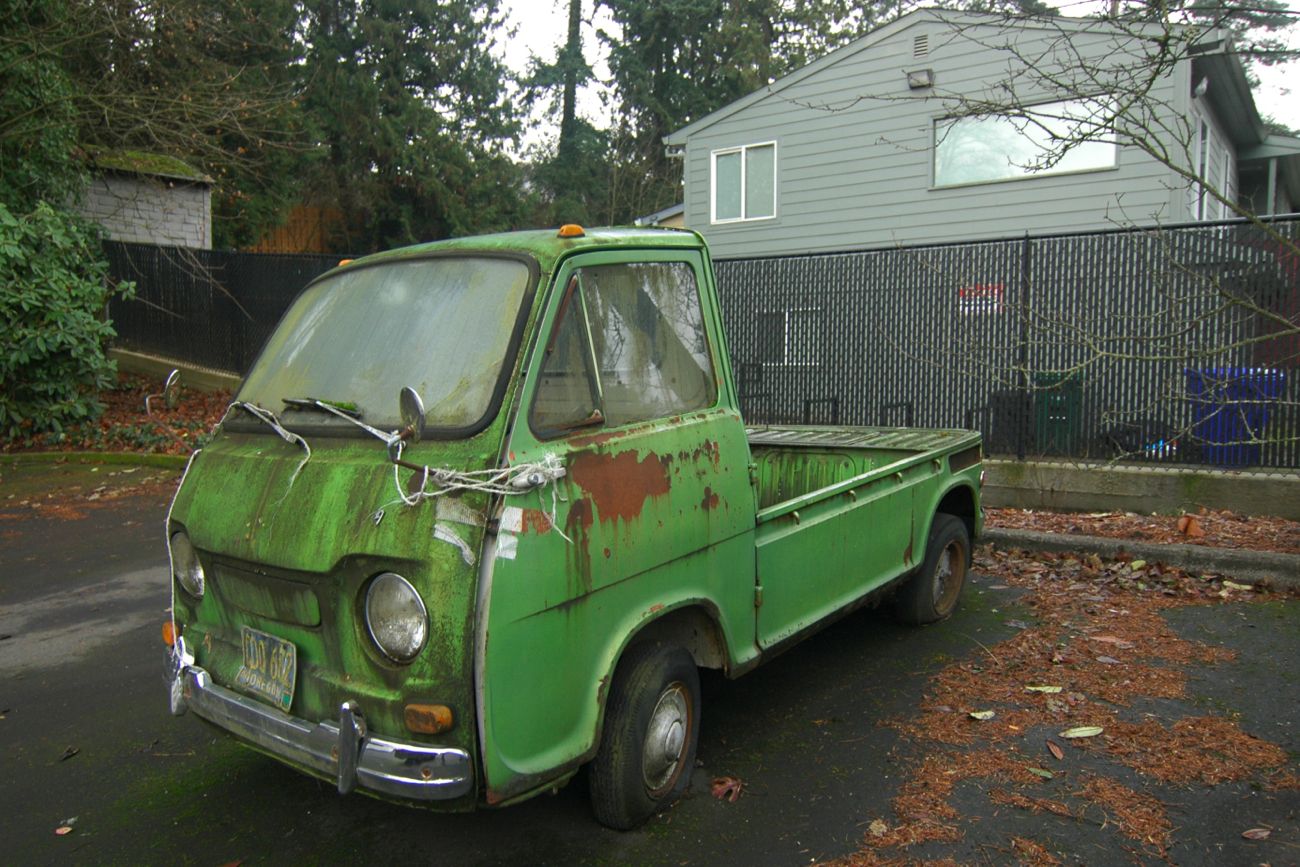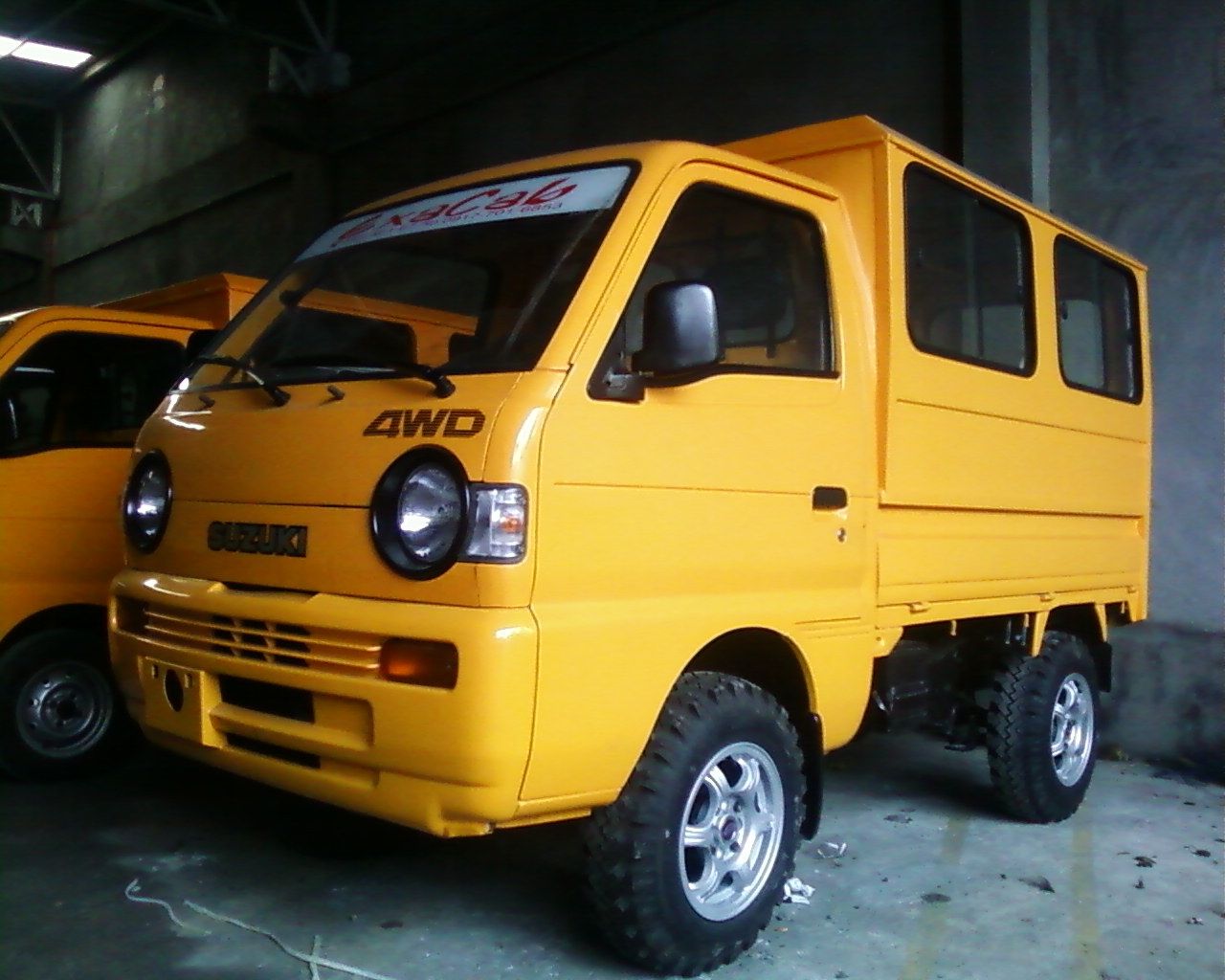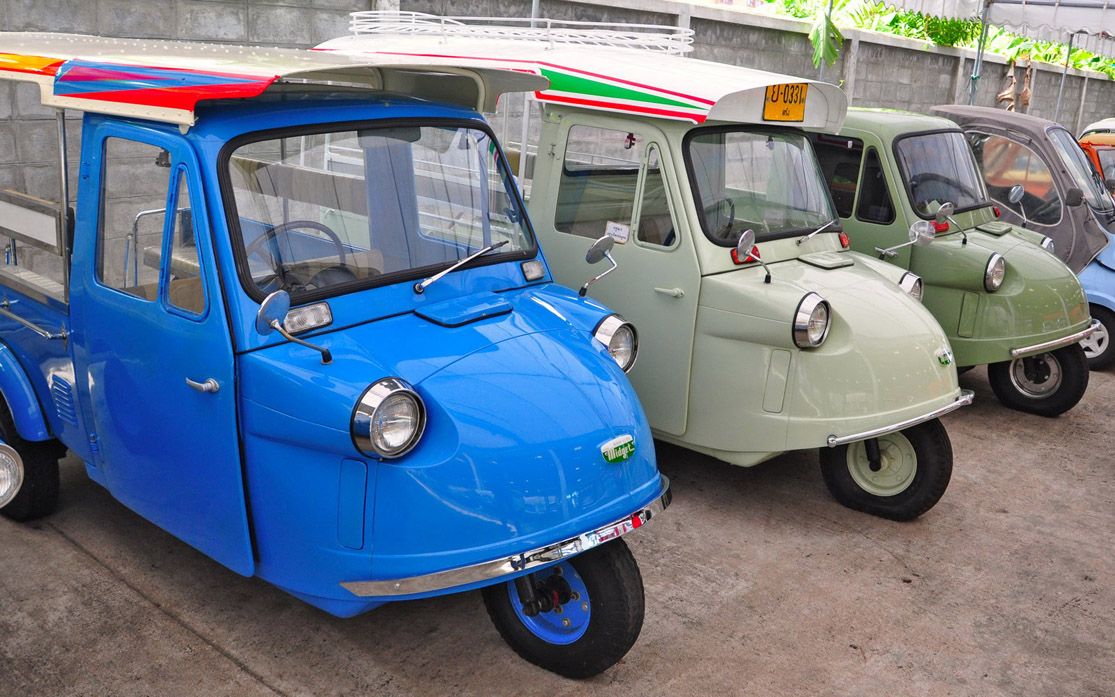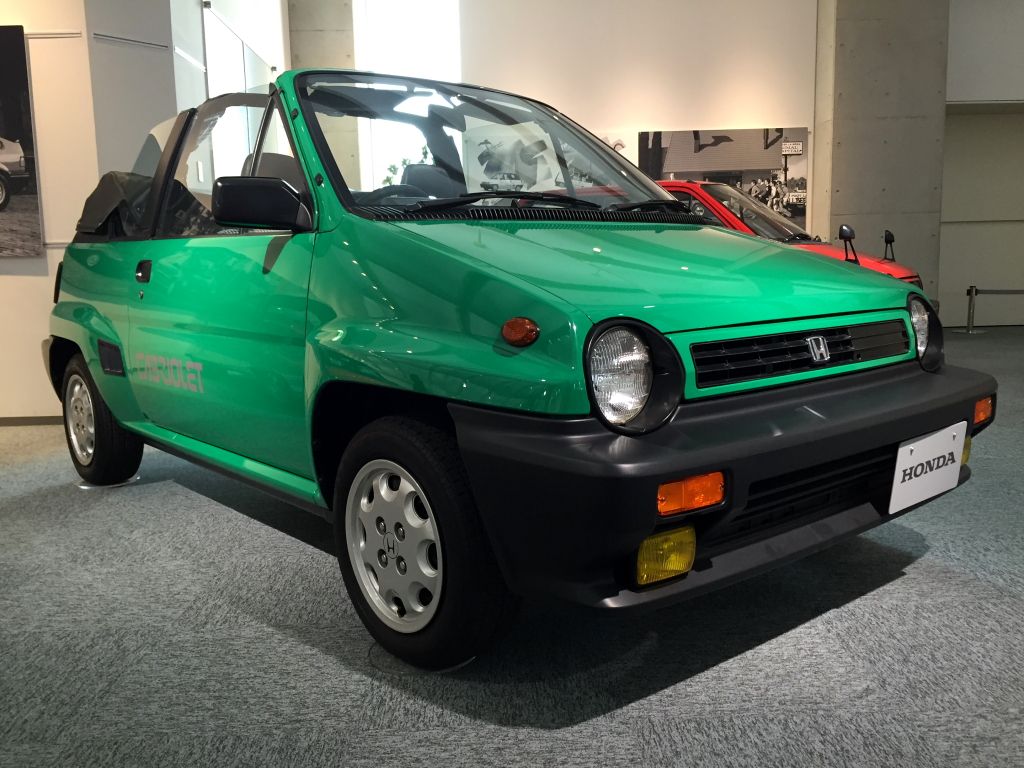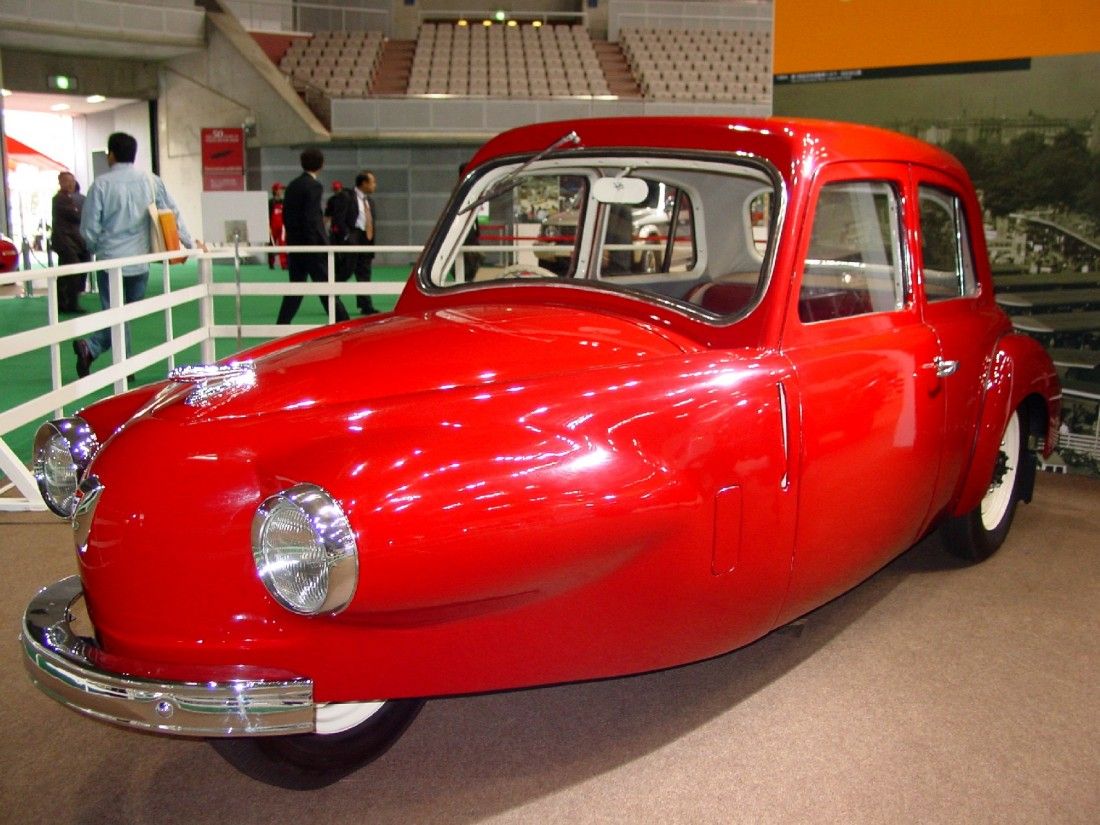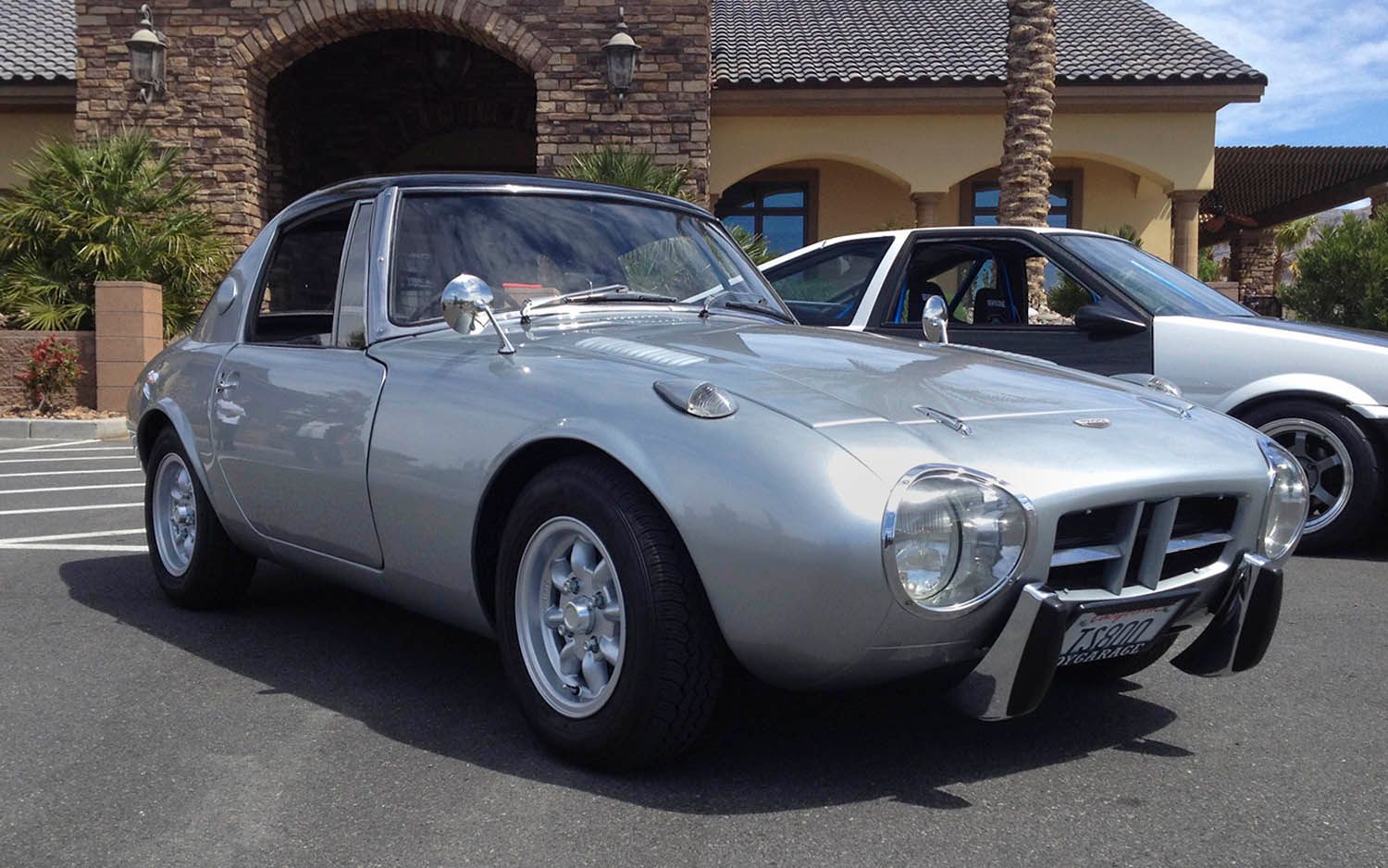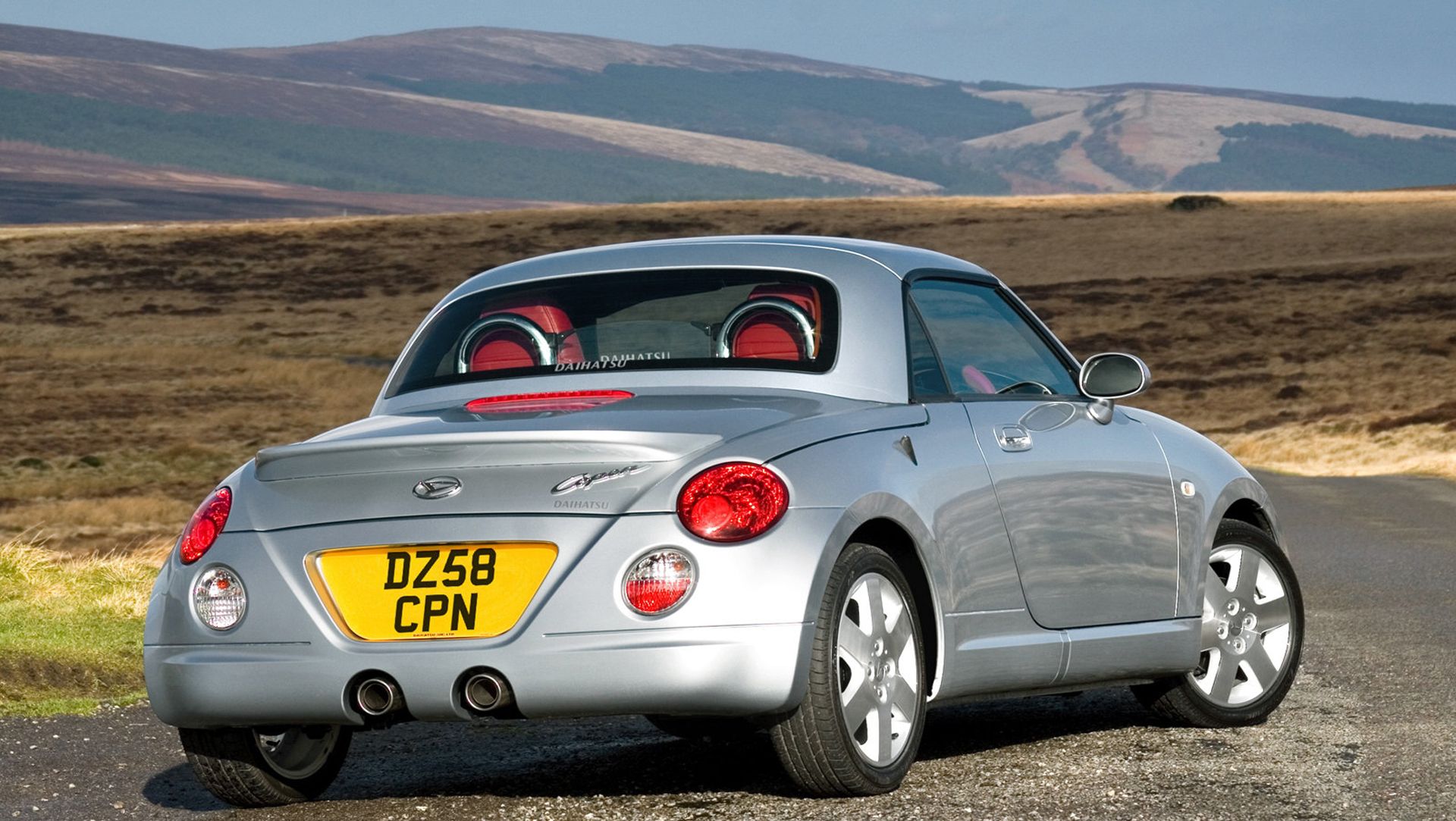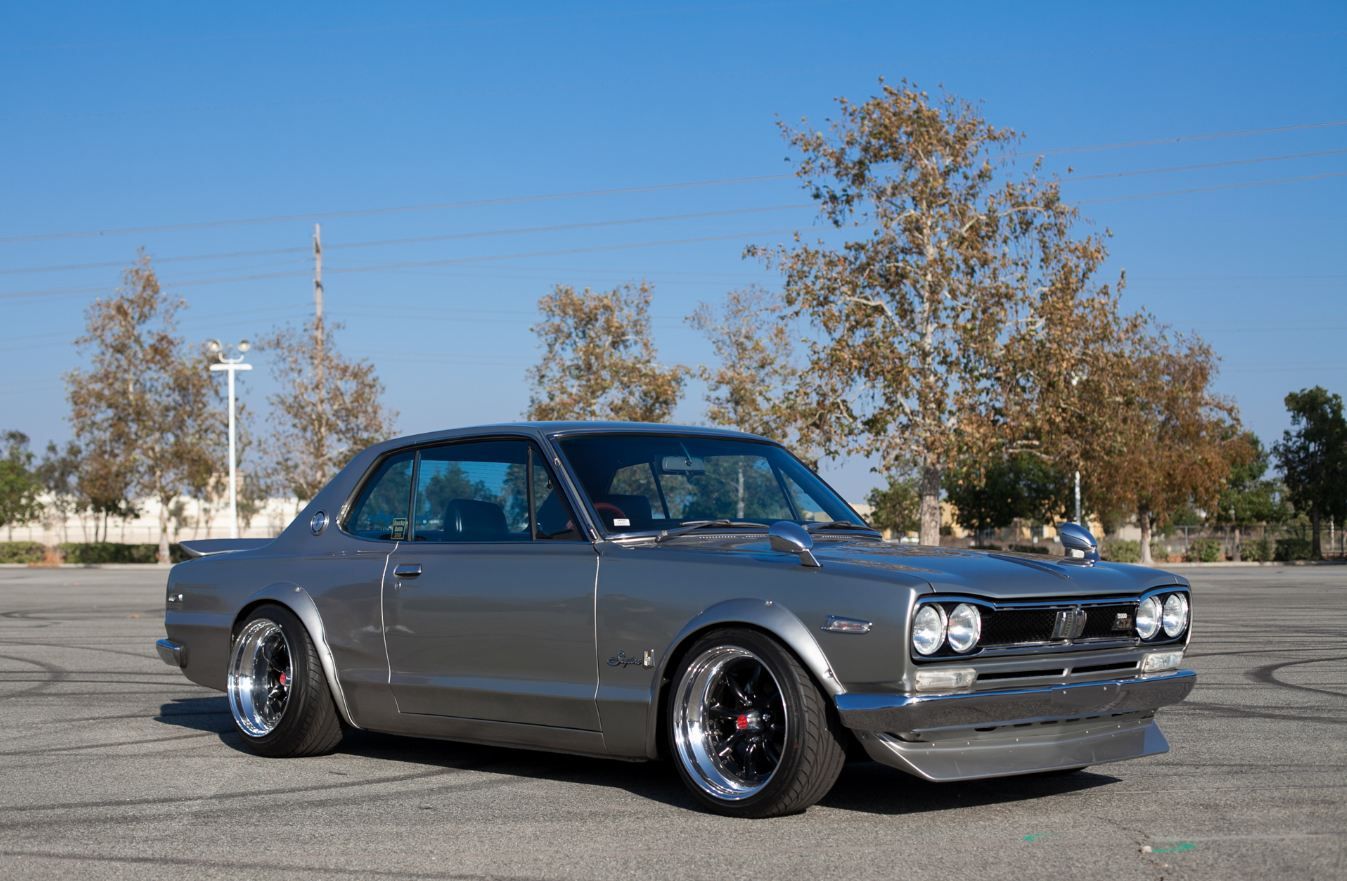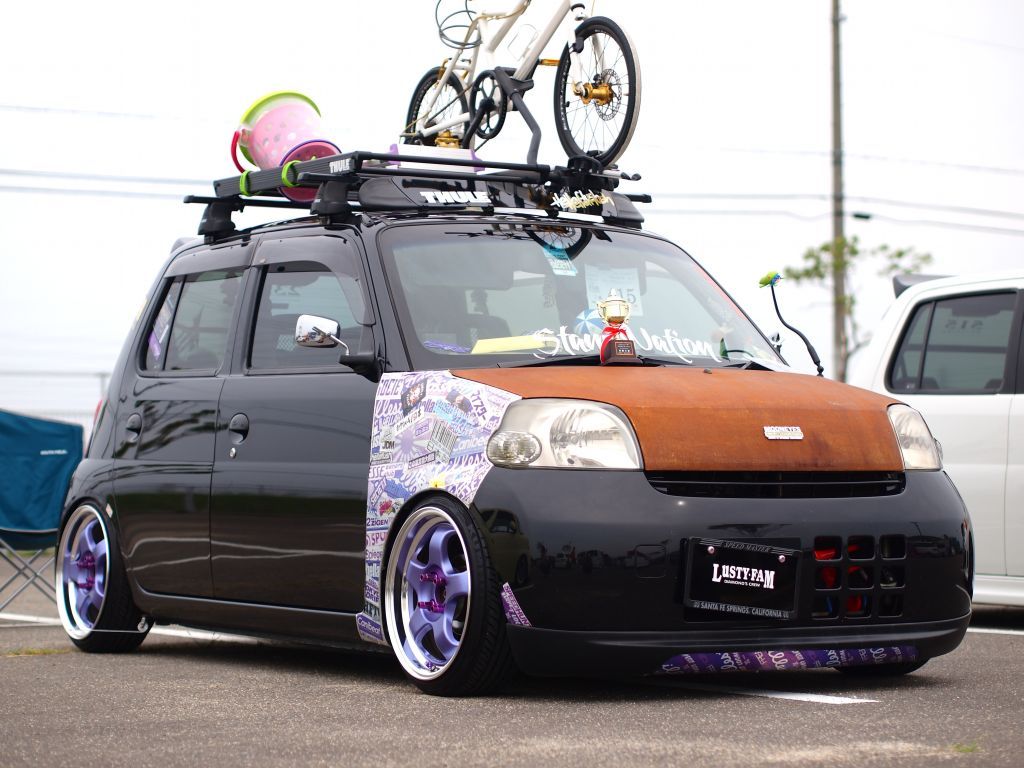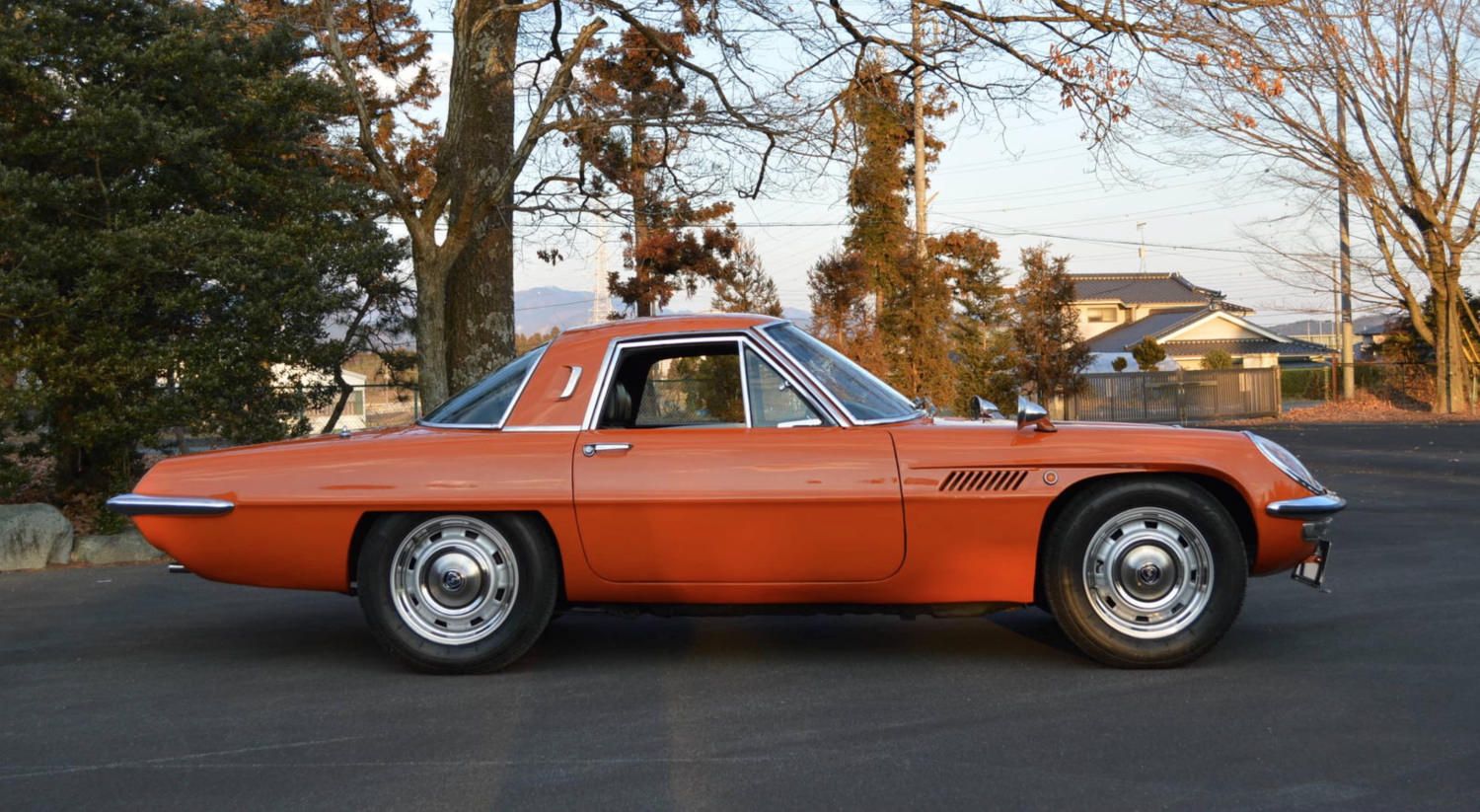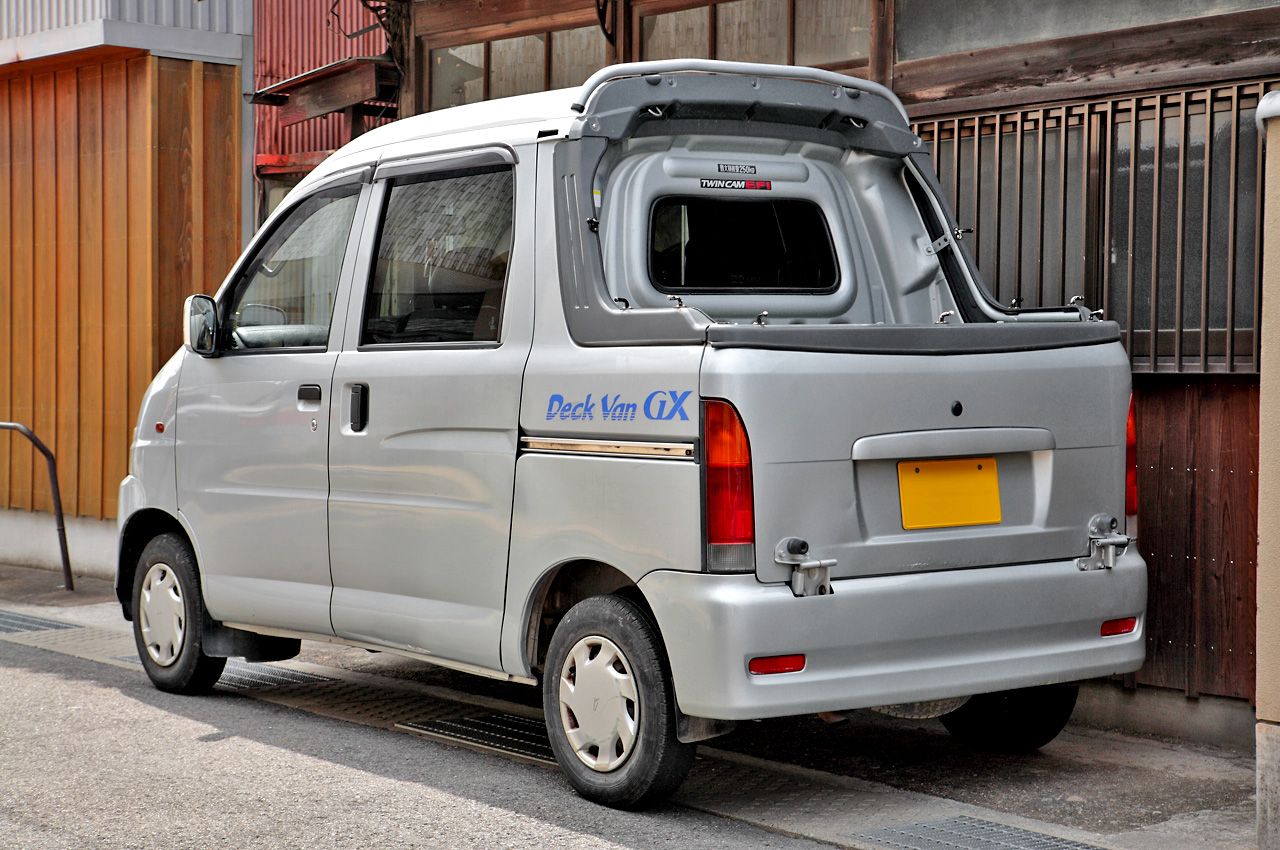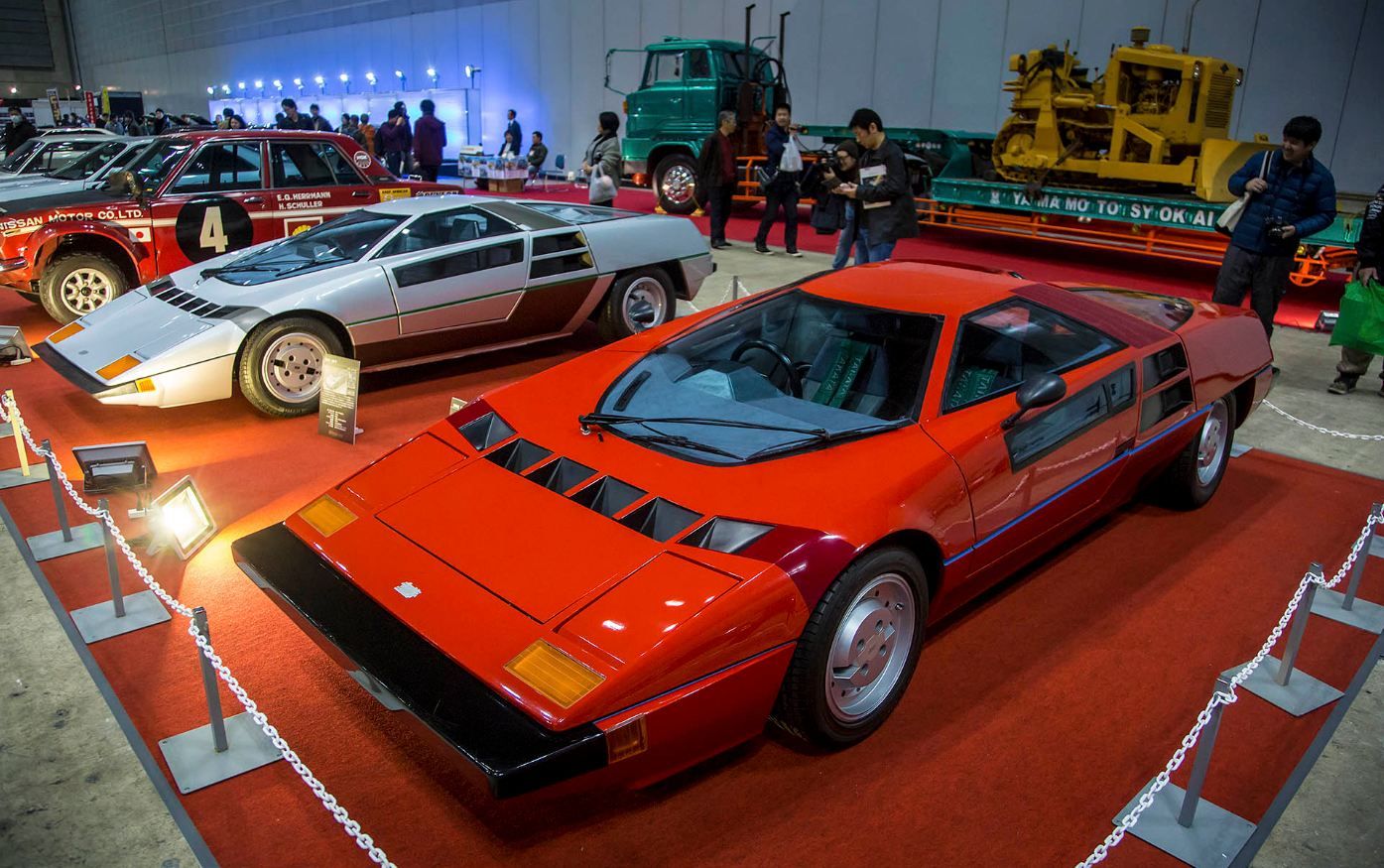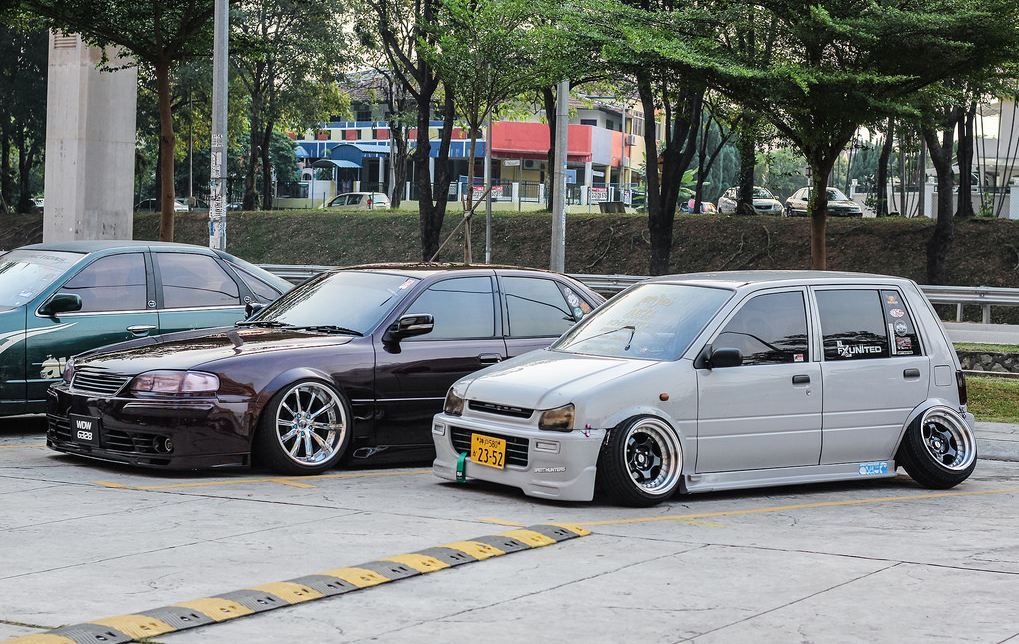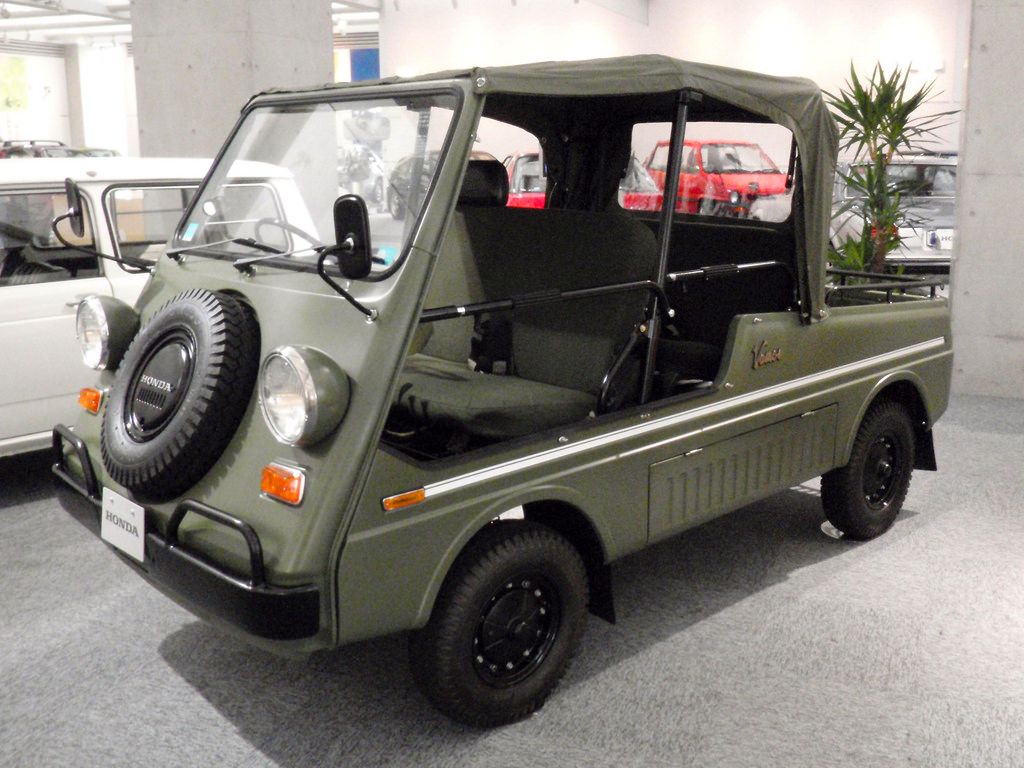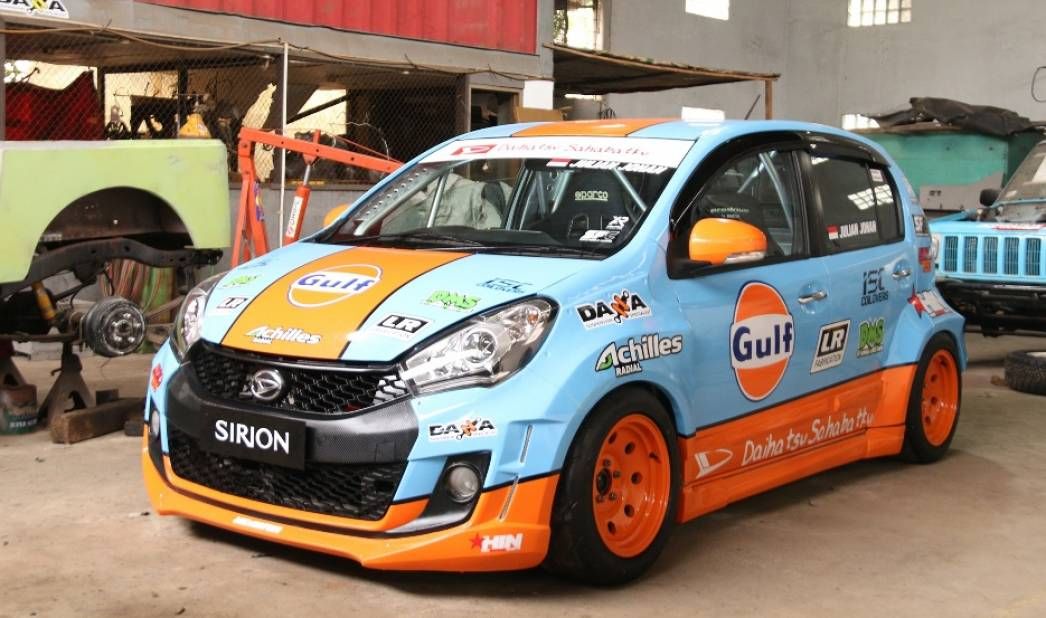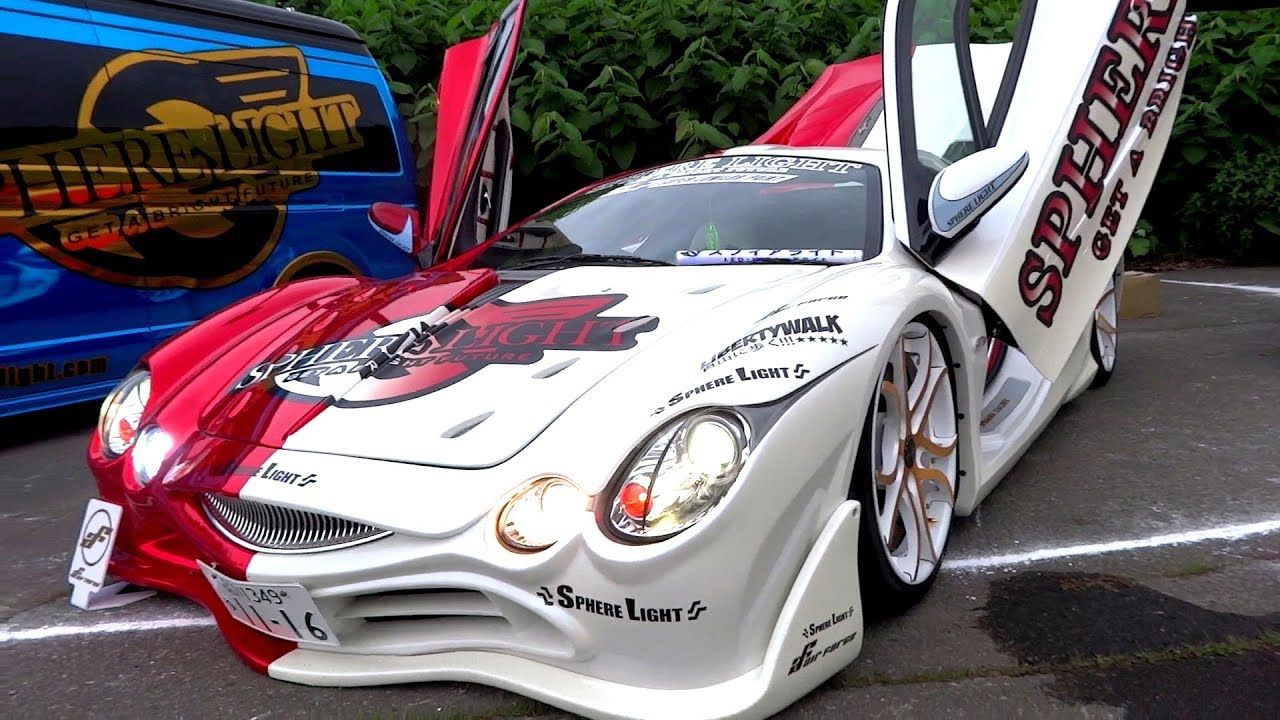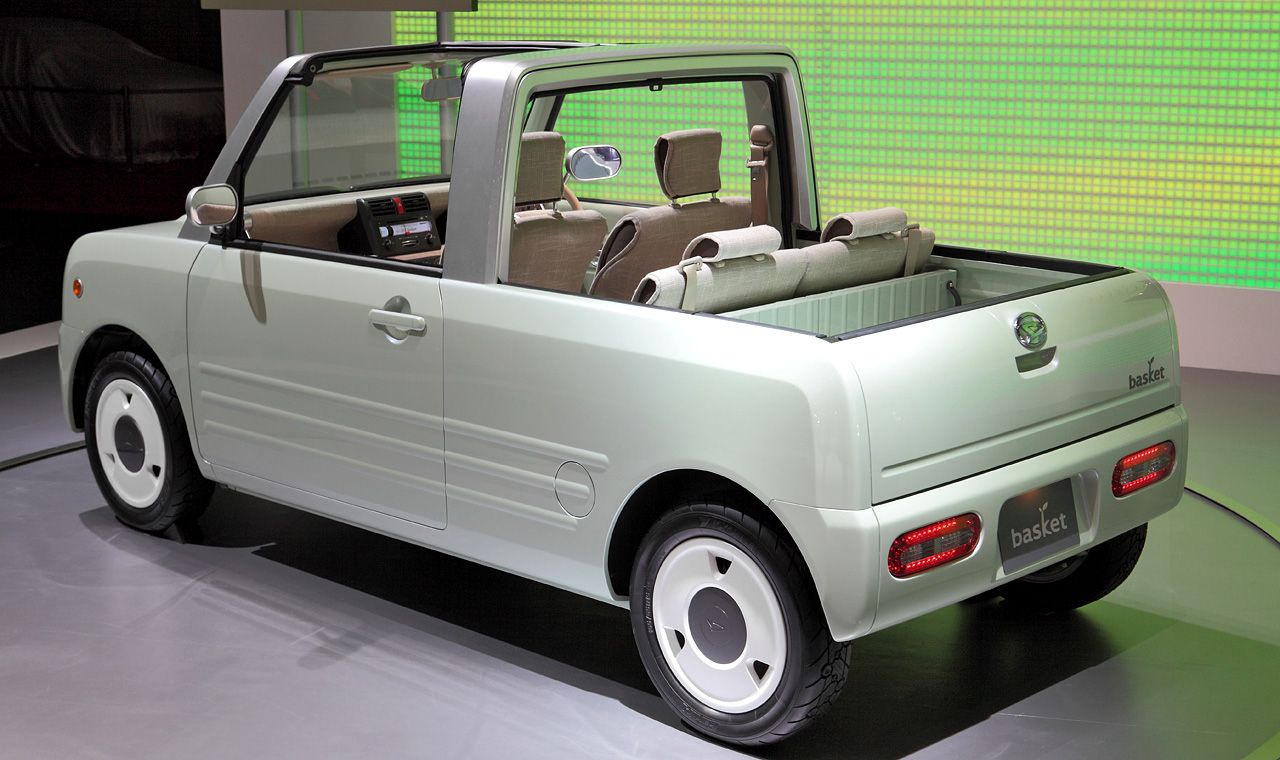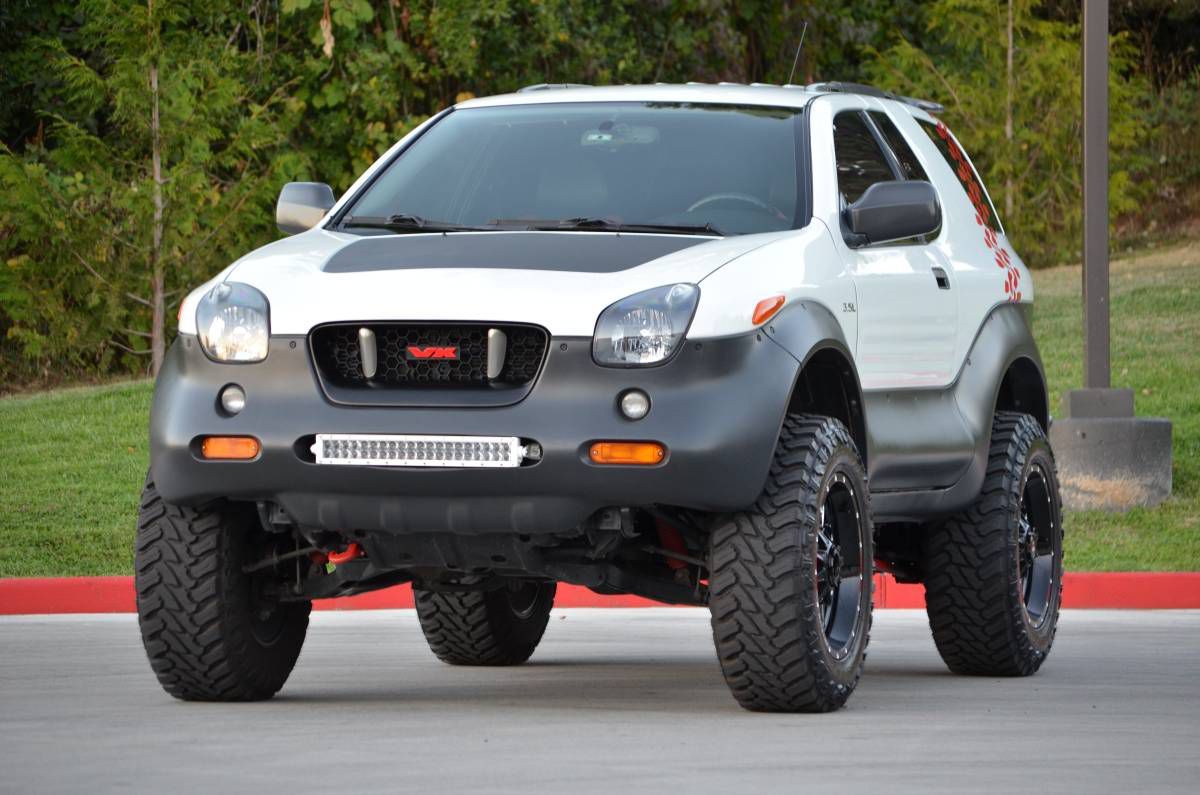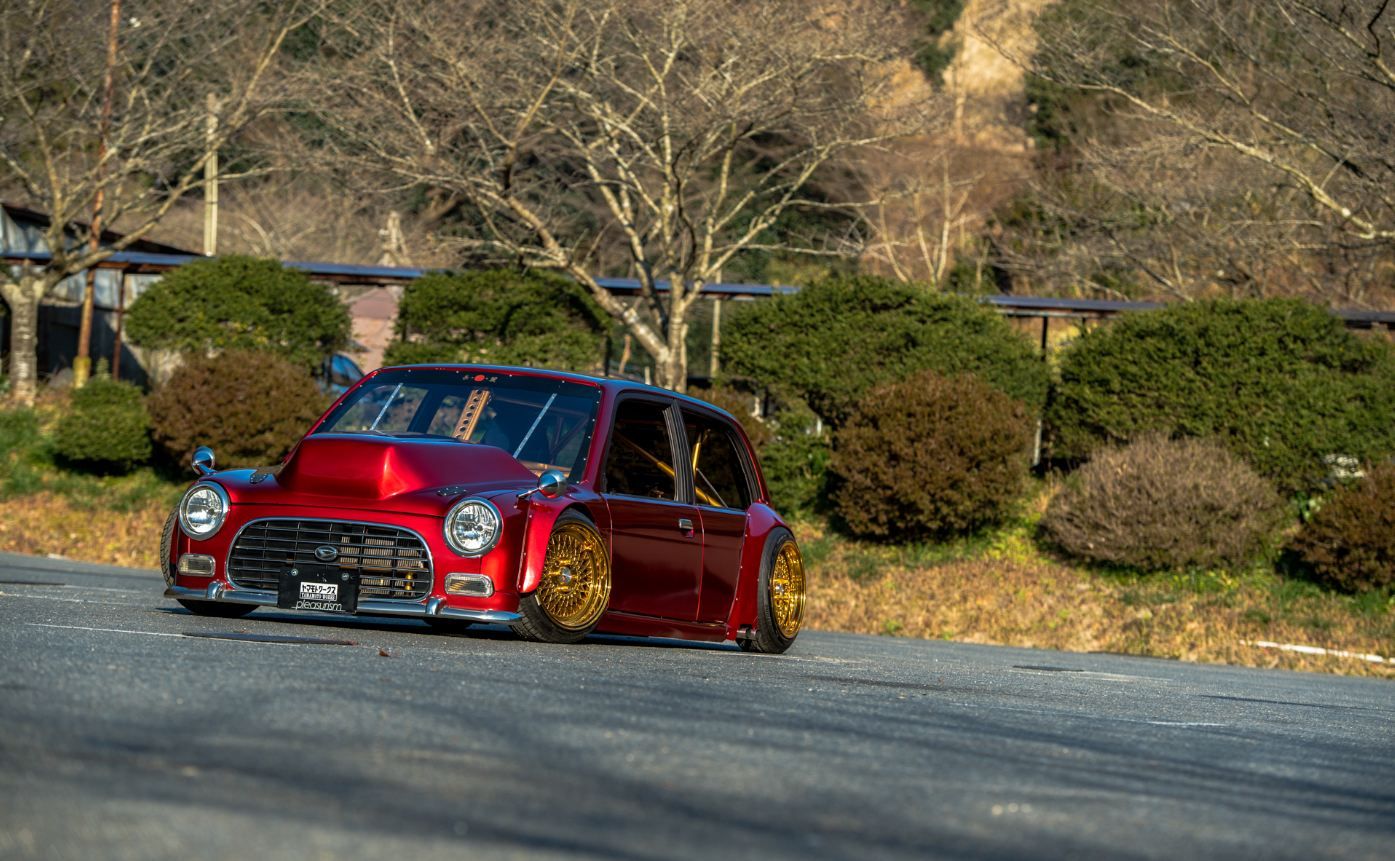Certain countries have local automakers that produce different variants of different models that they export to other regions. Companies like Ford will offer us big, long crew cabs and hopped up Mustangs while, in parallel, they produce cars for different regions that make the Probe look like a Mustang (in it’s wildest dreams). Certain cars homogenous to certain regions may seldom, if ever, make it very far away from its designated region. Here, there’s not much need for a tiny three-wheeler with a cargo bed that has less volumetric capacity than the trunk of a Ford Focus. Who would even want that?
Some people, unfortunately, have to have that; they don’t get the big Camaros and Challengers with 700hp. They also don’t get mud boggers and donks (oh the tragedy). Pretty much, some places are stuck to tuner life, or one of those weird tricycle things that got no man love ever. In some cases, economic downturn causes a necessity for super-compact, highly-efficient transportation, lacking all the thrills that are characteristic of the automobile.
Such is the case with the Japanese auto industry where, when the need arose to economize as much as possible, the very design of cars destined for that region began to revolve around efficiency packed into the smallest package possible. Although this can be very disheartening in a lot of regards, it did make for a few cool customs for those with enough enterprising vision to initiate such builds. Herein resides a small list of Japanese cars you’ll likely never see in person.
20 Mazda Carol
Here’s an example of a good thing turned sour like somebody forgot to put it back in the refrigerator. It started out as an awesome little Mini Cooper-looking thing with endless mounds of potential in its earlier variants. What it eventually evolved into is something the likes of which no poor soul should have to endure driving, but as all good things have their day, the Carol done had it long ago. The nifty little curves of the mini car sitting in a nice, aggressive little stance is almost cute, and doesn’t appear too harmless, but if a car guy knows anything about car guys, there very well could be a V-12 stuffed in there somewhere you’d never see it until it was too late.
19 Subaru Sambar
Manufactured by Fuji Heavy Industries, the little Sambar is a close cousin of the Volkswagen Transporter. Only being offered in certain regions, it is another little-known line of Japanese cars we’ve barely ever heard about.
Although from Subaru, they are likely seldom spoken of anywhere they aren’t regularly driven (and likely even where they are judging by the homely looks).
Produced from the early-‘60s up until 2012 with Fuji, the line continued on with Toyota, and surprisingly, looks very similar to the 50-year old roots it transcends from. Unlike the Subaru you know and love today, the little Sambar was only initially available with a rear-engine, rear-wheel drive configuration until the ‘80s when a four-wheel drive setup was introduced. Anywhere I’d take this thing wouldn’t require the four-wheel system though; I’d barely trust this thing in my front yard.
18 Suzuki Carry
Don’t laugh at it just yet; the Suzuki Carry may only pack the punch of a Piccolo Pete, but just look at the thing! What really do you expect from something as cleverly named as ‘The Carry?’ There’s really two ways you can look at this; ONE.) You compare it to an automobile (even an Asian-version with the right-hand drive and the 9” tires) and you come to a deep disappointment – like when you realized Santa Clause didn’t know who you were because he didn’t exist. Or: TWO.) You compare it to a golf cart, and all of a sudden, the 37hp, cast-iron 796cc snail seems like a world-class Baja 1000 champion. It’s no wonder you never see them here; a motor swap with a CBR 600 would be an upgrade – and they call this is a truck!
17 Daihatsu Midget
As you sit here and analyze the Midget, your mind needs to shift through multiple gears as it struggles to process just what in the world it is looking into. Is it a groundskeeper’s truck? It is a ride at Disneyland? Do you have to change its AA batteries every now and then?
The list of things it isn’t is almost as long as the things it could be – like a medium-duty paperweight.
The single front wheel is pretty good for doing things like, say, rolling a lightly-loaded wheel barrel across a smooth, even terrain. But no – the Japanese infrastructure is formatted to accommodate much different vehicles – the original version of this thing not only had one wheel – it only had one seat. Not bad for a paperweight though, right?
16 Honda City Cabriolet
Here’s the Rabbit in disguise. Forget Russian espionage, the real war crime was the theft of the build plans for whoever stole this idea from the other. Whether it was Honda or Volkswagen, somebody made this thing twice and neither one of them was ever any good. An odd trend these base-model beaters seem to share is a model equipped with a ragtop or some variation of it. I don’t recall us ever giving the Geo Metro a drop top, but elsewhere you throw the little guy a bone every now and then I guess. Could have thrown him a few extra cubic centimeters too, but who am I to re-engineer it?
15 Daihatsu Bee
We’re just gonna sit here and rip on Daihatsu for a few more minutes, so sit back and get comfortable. The view from the driver seat of this thing looks like it’d have been completely serene as you sit in your front driveway. Upon entering public roads, however, a very different feeling is likely to wash over the driver. It may be the thrill of rocketing around in with the opposed two-cylinder (yessir, 540 roaring cubic centimeters of piston-pounding fury) or you like the idea that this particular model holds the designation for being the first opposed-cylinder automobile sold in Japan. If you’re like me, that feeling would just be fear for the preservation of continued life.
14 1965 Toyota Sports 800
Here’s something of an oddity that would have been so cool to have had littering the streets, but we never got that chance. This poor little guy would have been thrown to the wolves in the heat of the domestic horsepower wars.
Equipped with its tiny 790cc, the pulsing 44hp, two-cylinder wasn’t much of a match for a small block Chevy.
But it was the first production sports car Toyota ever produced. Perhaps they were shy about it, and would rather introduce it to play amongst the Hijets and Miras where it would be safe from ridicule. I, however, think it would be super dope to throw a hot-838 inside this puppy...if it fits.
13 Daihatsu Copen
Here you go folks, the moment you’ve all been waiting for – this here is what we call a roadster…in Japan. It may not look like much to you or I, but take a look at all the features! It’s loaded with a real roof, doors that enclose the cabin, more than one seat, more than three tires and it probably even has a rudimentary form of climate control. No, it’s probably not fast because yes, we’re still measuring engine displacement in cubic centimeters (and that displacement is 59cc larger than a CBR 600). Top Gear’s James May described the driving experience as ‘toyish,’ just in case you were wondering what somebody actually thought of it.
12 1971 Nissan Skyline 2000 GTX Hakosuka
Car-wise, it’s like Japan was five or six years behind the current trends and chose a mid-‘60s muscle car to model their Hakosuka after. It was the first Skyline, and there are said to be only two stateside.
Why they didn’t build a million of them like they did the Chevelle is a tragedy, because, as little as I care for Japanese imports in 94.7% of the cases reviewed, this one has me by the hooks.
Not sure what it is about it, but the rigid little boxy profile and comfortable little tuck give me a good feeling that it’s as fun to drive as it looks like it is.
11 Daihatsu Esse
I can’t figure out if I’m supposed to pronounce the name of this car like I’m greeting my Latino friends or just not try it at all. In fact, I have the feeling I should just avoid anything to do with it. Daihatsu agrees and knows better than to try to introduce this thing into our fire-breathing market of Hellcats and big-block hot rods. It’s technically a Kei car, which is the Japanese legal category for most compact and power limited vehicles legal for road use. Basically, they are the Vespas of Japan, only a Vespa in Japan is probably like a Hayabusa here.
10 Mazda Cosmo 110S
Leave it to Mazda to pull off the first rotary engine in something so memorable. It may not look like much today, but this was a spaceship compared to what was coming out on adjacent assembly lines.
The sleek fenders followed one well-disciplined line all the way back to the rear and the no-nonsense design was sleek and geared for speed.
Headlights consisted of vertically-mounted bulb housings were encased in a body-contouring lens that met oncoming air at a very shallow angle. The narrow little car’s aerodynamics paid off for it in an 84-hour Nurburgring race where it finished in a hard-fought 4th place.
9 Daihatsu Hijet
So now that you know what a Japanese Hayabusa is (a Vespa, essentially) take a look at the big, bad machine they call a jet; but not just any jet – a Hijet. So, if we’re to use a method of extrapolation here, and assuming a Vespa is a Hayabusa and this mechanical marvel is a jet, I’m going to assume their space shuttle is something along the lines of a Prius with a K&N cold air intake. In fact, I’d go so far as to even say that, if they were to reproduce the fast and the furious, Paul Walker’s character would be driving a Scion XB with a body kit and duct tape on the rear deck lid handle while Vin Diesel would be driving the Mazda Carol with a big blower and a bad attitude.
8 Dome Zero
First of all, the name – Dome Zero; I don’t know if I’m the only one who finds that amusing, and I don’t even know why it’s amusing but Dome Co. Ltd displayed the Dome Zero at the 48th Geneva Auto Show in 1978.
The Dome was designed with racing considerations in mind which may have led Minoru Hayashi to engineer a one-of-a-kind looking door stopper that probably would have been trend-setting had it been approved for sale.
The Lamborghini-wedge styling looks like it could cut through the air at lightning-speed – but the exhaust note of the 2.8L straight-six sings a song that goes, “Keep dreaming; I’ve got 130hp.”
7 Daihatsu Move
The above picture is exactly the reason why you’ll never see this thing on your local road network. This car could only survive in a market of loving owners who take strays in like this in when they find them on their porch.
Even for Stance Nation this is unacceptable. You could lay those wheels flat on the ground, it wouldn’t make it cooler.
Mods are simply a multiplier and any multiple of zero is zero, as is the fool who dumped it like that. The only place a car like this should be dumped is the river bed where you can do fun stuff like light it on fire and shoot at it.
6 Honda Vamos
This, according to a Sam Keller article on Autotrader, was Japan’s answer to the beach car. What the question was nobody knows, but here you have it in all of its glory. Using a Walmart ironing board for the main chassis, the Vamos excels at mild off-road activates like driving it across your neatly-manicured lawn from the front porch to pick up the mail and using it to crush cans four at a time. If you’re feeling boisterous you could even step it up to tall boys. See, the thing is, after WWII, the recovering Japanese economy had to rebuild from shambles. For many people, a full-size car was out of the question. Hence the birth of the Kei car which has remained a thing ever since.
5 Daihatsu Sirion Golf
Here’s a real racer for all you Japanese-based bay boys out there. Wondering how to stand out in a world of 400cc gassers and two-cylindered wheelbarrows? If you don’t have a Prius, fear not – the Prius is probably not street legal in Japan anyway; just too much power. Consider for yourself the sleek and agile Sirion – it’s been a thing in many other parts of the world; this one even features the vintage Gulf Racing livery. The paint alone makes the car awesome but the car has an opposite effect for the paint’s sake. Still though, with all those interconnecting bars behind those racing seats, I would be curious to see what this little guy can do. (Drag race a Prius, maybe?)
4 Mitsuoka Orochi
Yes, this thing is real and no, you can’t have your money back. The litany of things wrong with this car would kill a forest with the paper to print it out. For one, let us frame this discussion with the understanding that a 3.3L V-6 is what they decided to put in this “Fashion Supercar.”
Its 0-60mph time is only sliiiightly faster than that of a 2014 Mazda 6 with a naturally-aspirated 2.5L.
Now that we have those facts in mind, go ahead and try to defend the honor of this $125,000 turd while I go throw a cold-air intake on my Mazda and smoke you like a turkey.
3 Daihatsu Basket Concept
Circa 2009, the Tokyo Motor Show was filled with wonderful little gems like this. Sure there were other cars there too, but the entrenched role of the Kei car in other places is far different; it’s a way of life rather than some three-cylinder go-cart concept trying to push its way into a market of supercharged Mustangs and 600hp Cummins. This is the truck of the rest of the world. We have turbo-diesels and goosenecks; they have three-lug rims on Segway tires. Maybe you can’t do mud pit runs all that well in it, but the list of things it can’t do all that well is likely not a short one.
2 Isuzu Vehicross
Here's your ticket to off-roading paradise according to a Brian Silvestro Road and Track Article. I don’t know what paradise that gentleman speaks of, but if he means a chipper jaunt through some leisurely sloping beach dunes, I’m pretty sure the four-wheel drive can handle that – if you selected it as an option. If you didn’t, you can take all 215 of your raging ponies and dig your wheels into nice, deep rut. Who knows, maybe Mr. Silvestro has never seen a big rock before (or a Jeep). Either way, only 6,000 units were ever produced and only 4,000 made it stateside. I have seen exactly one of these in my life. I remember it because I didn’t know what it was until just about right now.
1 Daihatsu Mira
The original image was scrapped in favor of something that even stance-nation haters would want to take for a blast around a parking lot. The puny 500cc Weed Wacker motor was swapped for a 1.8L MX-5 powerplant and the car has been given the works.
It’s slammed as low as it can go, but not for show.
Its insides have been completely removed with only the bare essentials for driving; there’s not even a dashboard – just one bare bones seat, a shifter, a drift lever that occasionally doubles as a parking brake and a huge tunnel for the driveline to blow all that torque down.
Sources: autoweek.com, topgear.com, copenworld.com, paultran.org, stancenation.com, topspeed.com, drivingline.com, silodrome.com.

